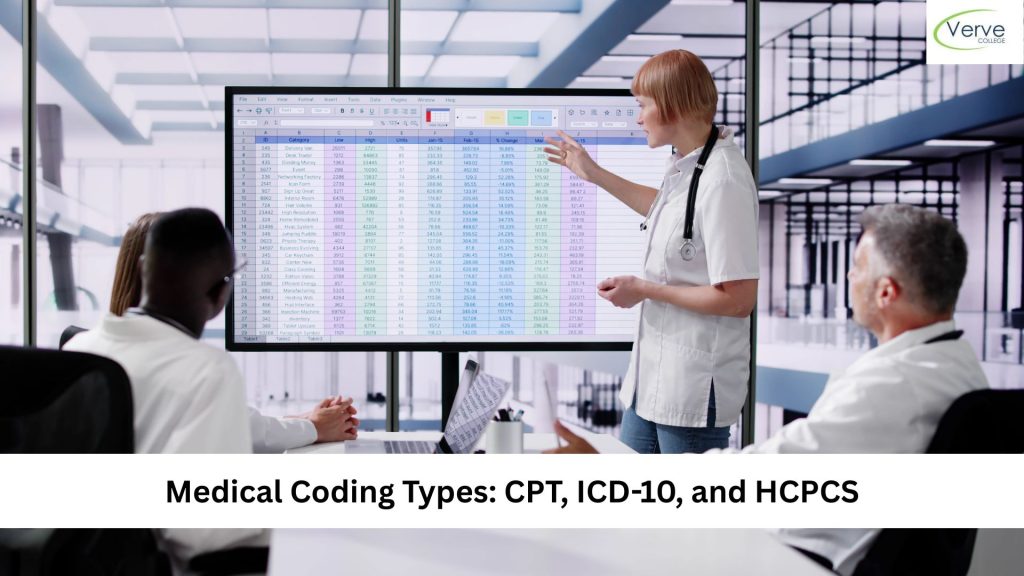- Oak Brook:(630) 705-9999
- Chicago:(312) 920-8822
- Email:inquiry@vervecollege.edu
- Make a Payment
- Home
- Programs
- Admission
- Resources
- ATI Entrance Exam Resources
- New E-Digital Library
- Refer a Friend
- School Newsletter
- Events
- Employers
- Job-Network
- Alpha Beta Kappa Candidates
- Verve College Library
- Graduation and Pinning Ceremony Photo Galleries
- Textbook Information
- Career Services
- Tutoring
- School Catalog
- FAQ
- Constitution Day Program
- Alumni
- Verve College Plans
- Financial Aid
- HEERF Reporting
- Satisfactory Academic Progress
- Apply For Financial Aid
- Net Price Calculator
- Return of Title IV Funds (R2T4)
- Financial Aid Office Code of Conduct
- Contact
- FAQs
- Verification Policy
- Vaccination Policy
- Student Right-to-Know Act
- Misrepresentation
- Information Security Program
- Academic Award Year
- Availability of Employee
- Cost of Attendance
- Health & Safety Exemption Requirement
- Students Rights and Responsibilities
- Leave of Absence
- Pell Formula
- Military Students
- Grants/ Scholarship Policy
- Contact Us
- Testimonials
- Blog
Is a Nursing Career Right For You?
Take The Free Quiz
Different Types of Medical Coding: CPT, ICD-10, and HCPCS
Different Types of Medical Coding: CPT, ICD-10, and HCPCS
In the bustling world of healthcare, medical coding is essential, influencing every bill, medical report, and piece of data. In 2023, the healthcare industry was valued at $15.1 billion, highlighting its critical role. In this blog, we’ll explore medical coding types in brief.
What is Medical Coding?
Medical coding turns healthcare information into codes used for medical billing and records. These codes cover everything from a doctor’s diagnosis to the medicines they prescribe. For many who took an A&P Class in Peotone, IL, medical coding can be seen as the practical application of anatomy and physiology, making sense of body systems and ailments in a structured way.
Accurate medical coding is really important. It helps doctors and hospitals get paid for their work, ensuring that insurance companies understand what treatments were given. Precise coding also supports quality patient care by keeping detailed records of doctor visits and medical history, playing a key role in healthcare administration.
What is the Difference Between Regional and National Accreditation?
Common Medical Coding Types
1. Current Procedural Terminology (CPT)
CPT codes are numbers used by doctors to describe medical services. They help track what surgical procedures were done, like a physical check-up or surgery. This ensures accurate billing and helps keep records clear.
2. International Classification of Diseases, 10th Revision (ICD-10)
ICD-10 has codes that label diseases and medical conditions. These codes are used worldwide to figure out what illness a patient has. They help track disease patterns and improve healthcare planning and generate patient outcomes.
3. Healthcare Common Procedure Coding System (HCPCS)
HCPCS codes cover services not included in CPT, like ambulance rides or medical equipment. There are two levels: Level I is similar to CPT, and Level II covers supplies and other services for billing. They make sure everything is documented for insurance claims.
4. Differences and Interrelationships Between the Medical Codes
CPT, ICD-10, and HCPCS codes each serve different needs. CPT records medical procedures, ICD-10 lists diseases, and HCPCS covers equipment and services. Together, they keep healthcare systems running smoothly by ensuring accurate documentation and billing.
5. The Crucial Role of Medical Coders
Medical coders turn medical records into codes. They need to be precise and know all the medical coding types. Coders must stay updated with new codes to keep patient records accurate and secure payments from insurers.
Conclusion
Medical coding plays a big role in healthcare by helping track and organize patient information. It’s like the backbone of medical records, making sure data is shared correctly. With things like nursing assistant programs in Illinois and areas like Peotone, having the right codes is super important.
As technology changes, medical coding will keep growing. Healthcare workers and coders should always learn about a wide range of new updates. Staying informed means better hospital care for patients and more efficient healthcare systems.
 Sign up
Sign up Login
Login




